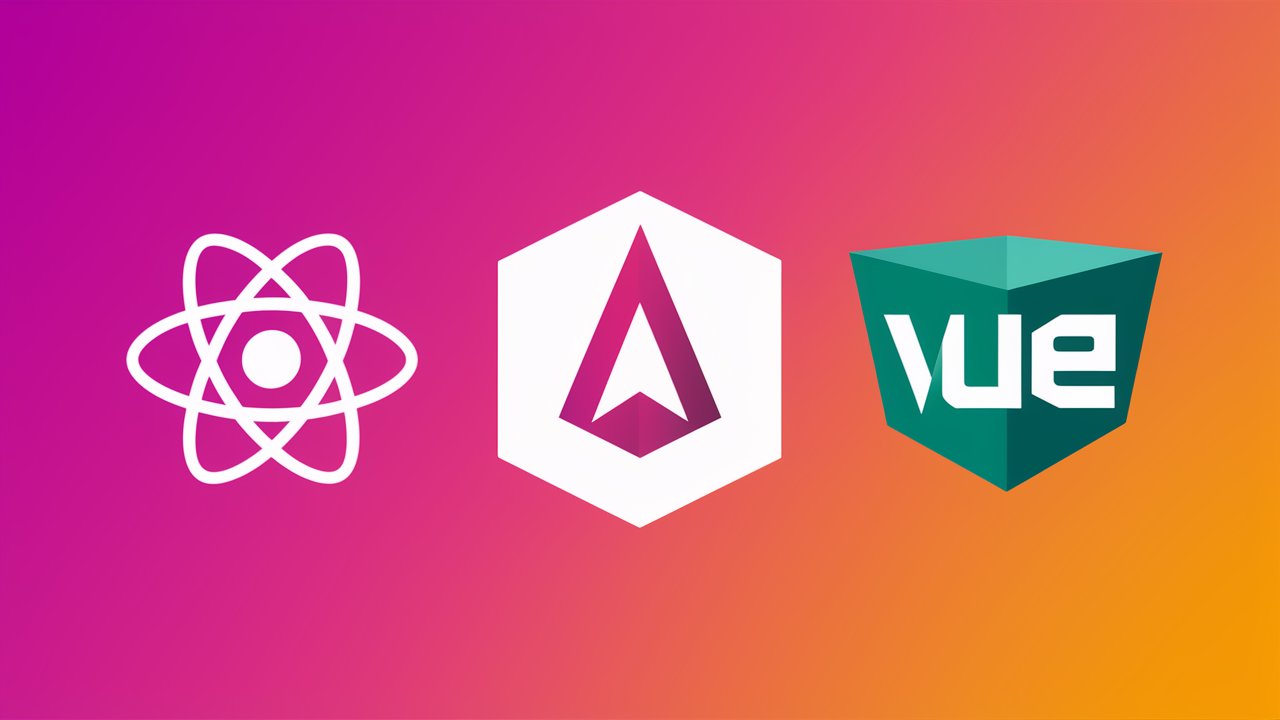
Before we get into the details, let’s explain what fr1ontend frameworks are and why they’re important in today’s web development. Frontend frameworks give developers a solid starting point for creating user interfaces. They help streamline development and improve the overall user experience by offering pre-written code and standardized practices. This allows developers to work more efficiently and maintain consistency across different projects.
Criteria for Selection: What Makes a Frontend Framework Stand Out?
When evaluating frontend frameworks, several key factors come into play. Performance, flexibility, community support, ease of use, and scalability are among the primary considerations. A standout framework should offer robust features, comprehensive documentation, and a vibrant community that fosters collaboration and innovation. With these criteria in mind, let’s explore the five best frontend frameworks that have garnered acclaim from developers worldwide.
1. React.js: Powering Dynamic User Interfaces
React.js has emerged as a frontrunner in the realm of frontend development, renowned for its efficiency in building dynamic and interactive user interfaces. Developed by Facebook, React.js utilizes a component-based architecture that promotes code reusability and simplifies the process of managing complex UI elements. With its virtual DOM and one-way data binding, React.js ensures optimal performance and seamless updates, making it an ideal choice for single-page applications and real-time data handling.

2. Vue.js: The Progressive JavaScript Framework
Vue.js has been gaining traction rapidly, thanks to its simplicity, versatility, and incremental adoption approach. Backed by a passionate community and maintained by a dedicated team, Vue.js offers a flexible ecosystem that caters to both beginners and experienced developers alike. With its reactive data binding, component-based architecture, and intuitive syntax, Vue.js empowers developers to create sophisticated UIs with ease, making it a formidable contender in the frontend arena.
3. Angular: Empowering Enterprise-Grade Applications
Angular, developed by Google, stands out as a robust framework for building enterprise-grade applications with scalability and maintainability at its core. With its modular structure, dependency injection, and TypeScript integration, Angular offers a comprehensive solution for large-scale projects that demand high performance and reliability. Furthermore, Angular’s built-in tools for routing, forms, and HTTP client facilitate rapid development and seamless integration with backend services, making it a top choice for enterprise-level applications.
4. Svelte: Redefining Frontend Development with Reactive Frameworks
Svelte represents a paradigm shift in frontend development, introducing a compiler-based approach that shifts the heavy lifting from the browser to the build step. By compiling components into highly optimized JavaScript at compile time, Svelte eliminates the need for a runtime framework, resulting in smaller bundle sizes and faster load times. With its declarative syntax and automatic updates, Svelte simplifies complex UI interactions and fosters a seamless development experience, making it an enticing option for performance-critical applications.
5. jQuery : Simplifying Web Development
jQuery remains a staple in frontend development for its simplicity, versatility, and extensive plugin ecosystem. It simplifies DOM manipulation and event handling, reducing development time and enhancing code readability. Its cross-browser compatibility ensures consistent behavior across different browsers, saving developers from writing browser-specific code. Additionally, jQuery’s vast collection of plugins extends its core functionality, offering solutions for a wide range of tasks such as UI components, form validation, and AJAX requests.
Conclusion: Choosing the Right Framework for Your Next Project
In conclusion, the landscape of frontend development is teeming with options, each offering its unique strengths and advantages. Whether you prioritize performance, simplicity, enterprise-level support, or innovation, there’s a frontend framework tailored to meet your specific needs. By carefully evaluating the features, community support, and scalability of each framework, you can make an informed decision that sets the foundation for your next web development endeavor. So, choose wisely, experiment fearlessly, and unleash the full potential of frontend frameworks in your projects.
